- DroidAfrica
- DroidAfrica
- Wiko
- Wiko Ride 3
Wiko Ride 3
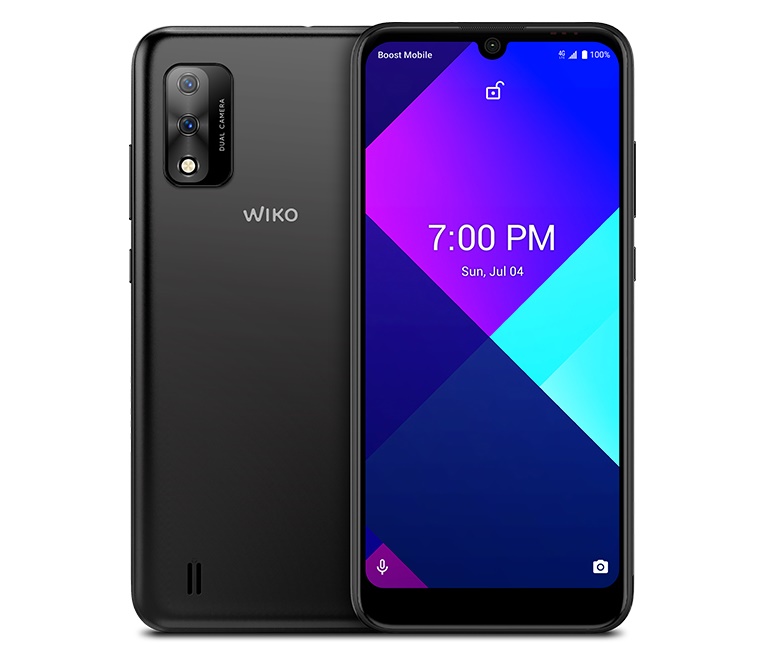
Wiko Ride 3 Highlights and Overview
The Wiko Ride 3 is a cheap 4G smartphone for the US Boost Mobile. The device comes in a compact body with an octa-core CPU from MediaTek. The screen is a 6.09-inches IPS panel, with 720 x 1560 pixels resolution, and a 19.5:9 ratio.
Under the hood, the device run on a Mediatek MT6762 Helio P22 CPU(?), along with PowerVR GE8322 GPU, 3GB RAM and 32GB internal storage, expandable up 128GB via SD card.
There are two cameras on the back of the Wiko Ride 3; a 13-megapixel main sensor with PDAF and a single LED flash, with a 2-megapixel depth of field lens, while a single 5-megapixel snapper seats within the notch upfront.
Also at the back, there’s a rear placed fingerprint scanner, Wiko branding and a 3400mAh battery hidden behind the logo, while Google Android 11 runs out of the box. The full specs of Wiko Ride 3 is contained in the table below.
Wiko Ride 3 Full Specifications and Features
NETWORK
| Technology | GSM / HSPA / LTE |
| 2G Network Bands | GSM 850 / 900 / 1800 / 1900 - SIM 1 & SIM 2 (dual-SIM model only) |
| 3G Network Bands | HSDPA 850 / 900 / 1800 / 1900 / 2100 |
| 4G Network Bands | LTE band 1(2100), 2(1900), 3(1800), 4(1700/2100), 5(850), 7(2600), 8(900), 20(800), 28(700), 40(2300) |
| Speed | HSPA 42.2/5.76 Mbps, LTE Cat4 150/50 Mbps |
LAUNCH
| Also Known As |
- - |
BODY
| Dimensions | --- |
| Weight | --- |
| Build | Premium Plastic |
| SIM Type | Single SIM (Nano-SIM) |
DISPLAY
| Display Type | IPS LCD capacitive touchscreen, 16M colors |
| Size | 6.09 inches, 96.0 cm2 (~80.7% screen-to-body ratio) |
| Resolution | 720 x 1560 pixels, 19.5:9 ratio (~282 ppi density) |
PLATFORM
| Operating System | Android 11 |
| Chipset | Mediatek MT6762 Helio P22 (12 nm) (Unconfirmed) |
| CPU | Octa-core CPU (4x2.0 GHz Cortex-A53 and 4x1.5 GHz Cortex-A53) |
| GPU | PowerVR GE8320 |
MEMORY
| RAM + ROM | 3 GB |
| Card Slot | Yes, up to 256 GB via microSD card |
MAIN CAMERA
| Camera Type | Double Lenses |
| Camera Sensor(s) |
Main: 13 MP, (wide), 1/3.0", 1.12µm, PDAF Depth: 2 MP |
| Camera Features |
PDAF Geo-tagging panorama, f/2.0 aperture Single LED flash |
| Video Resolution | 1080p@30fps |
SELFIE CAMERA
| Camera Type | Single Lens |
| Camera Sensor(s) | 5-megapixel |
| Camera Features |
FaceID HDR AI Beauty LED |
| Video Resolution | 720p |
SOUND
| Loudspeaker | Yes |
| Speaker Location | Chin, below display |
| Audio Jack Type | Yes, 3.5mm audio jack |
CONNECTIVITY
| Bluetooth | Bluetooth 5.0, A2DP |
| NFC | |
| GPS | Yes |
| FM Radio | Yes |
BATTERY
| Battery Capacity | Non-removable Li-Ion 3400 mAh battery |
OTHER FEATURES
| Sensors | Fingerprint (side-mounted), accelerometer, proximity, compass |
| Box Contents | Charging Brick / USB cable |
Wiko Ride 3 User Reviews and Opinions
Disclaimer Note
This specification was entered manually, hence we CANNOT guarantee 100% accuracy. Any error? Let us know in the comment section.







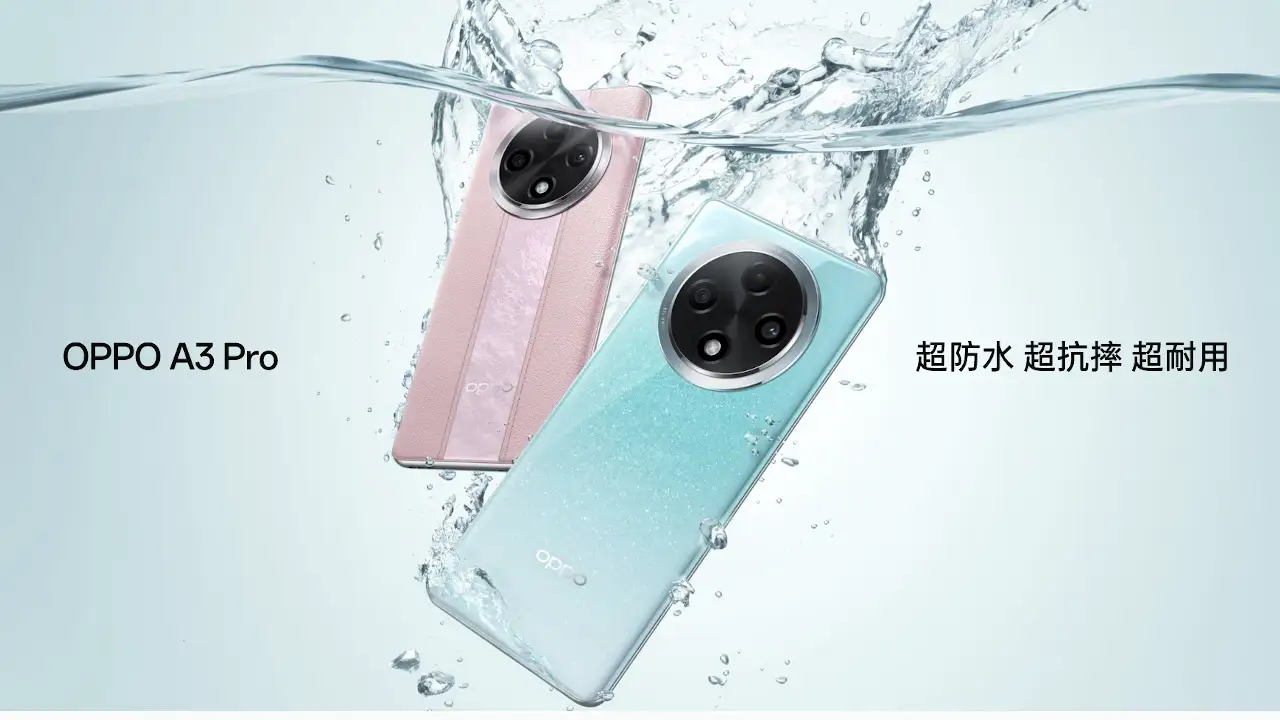

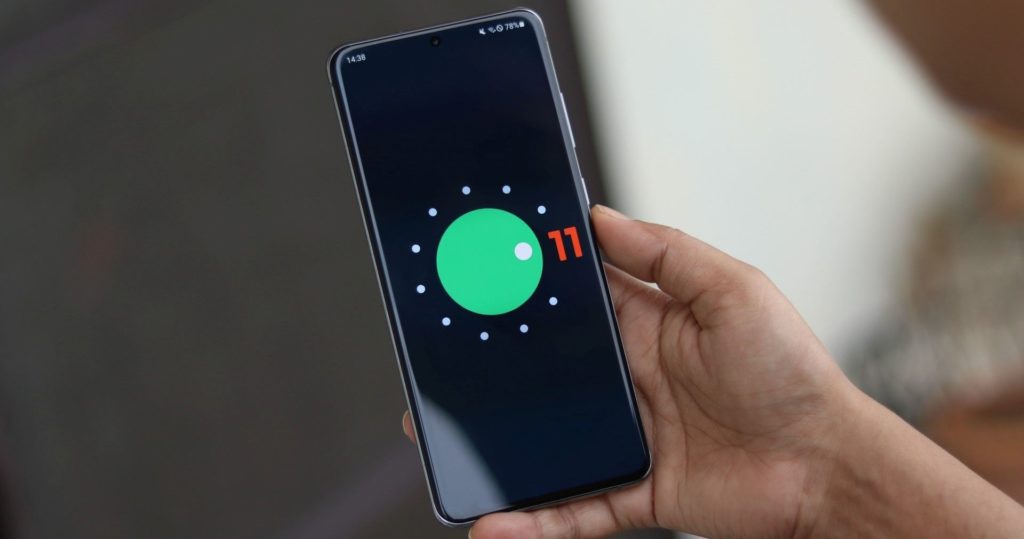
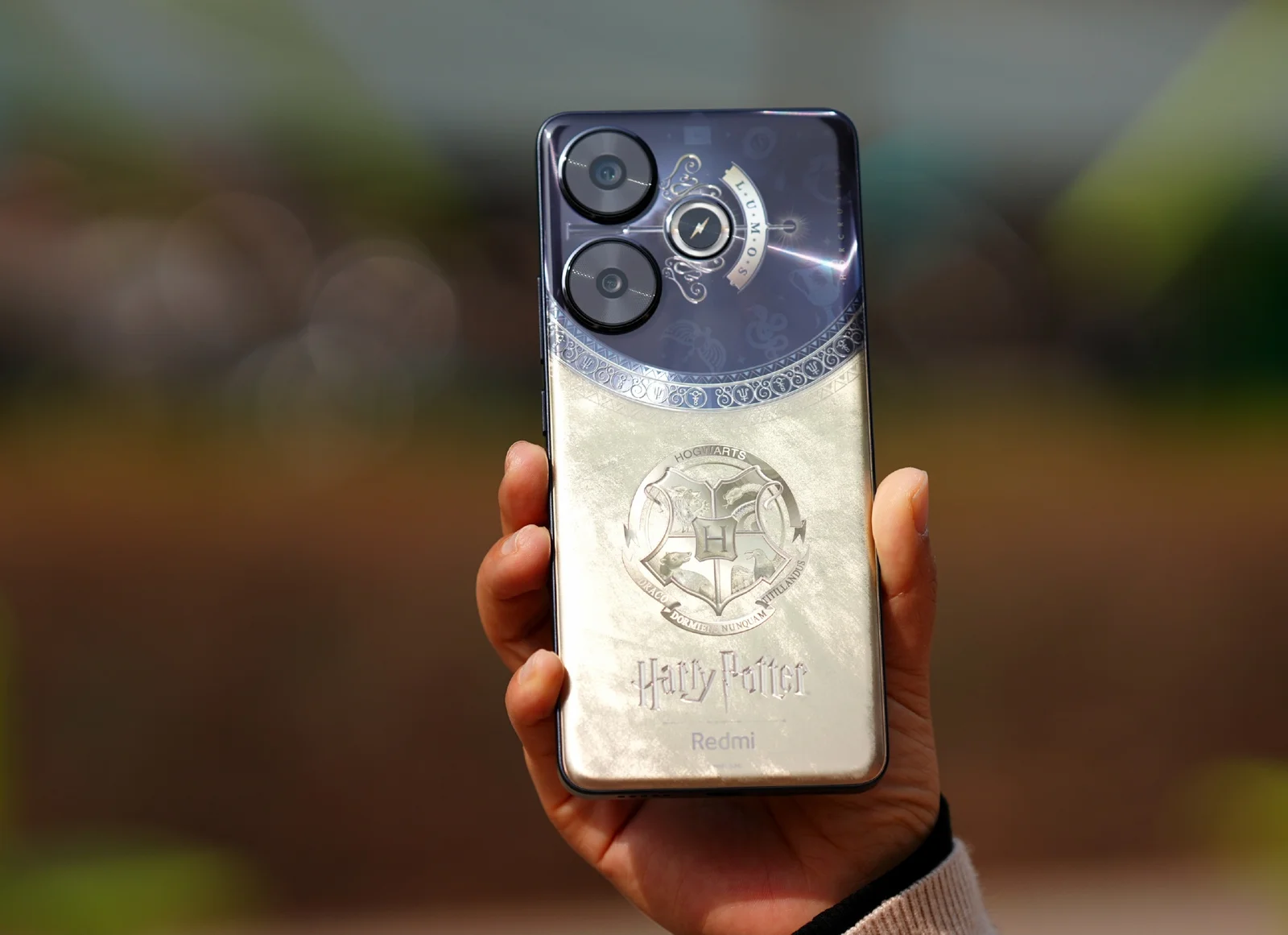
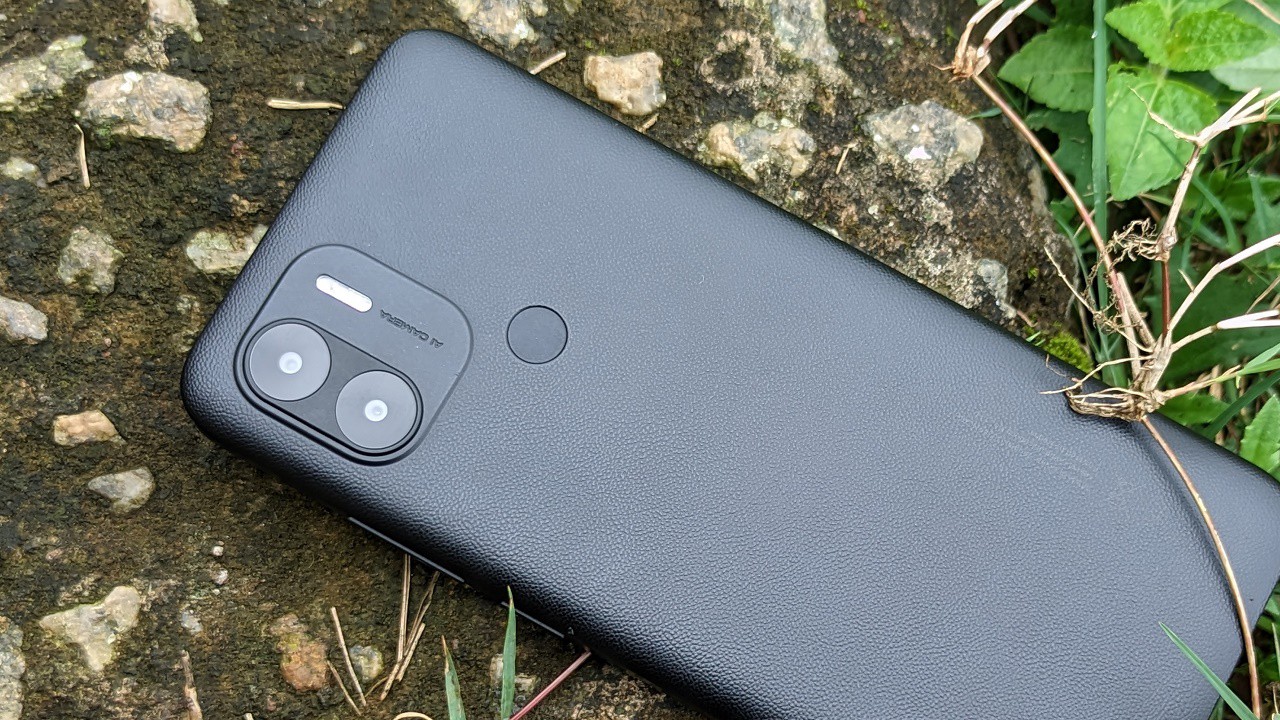
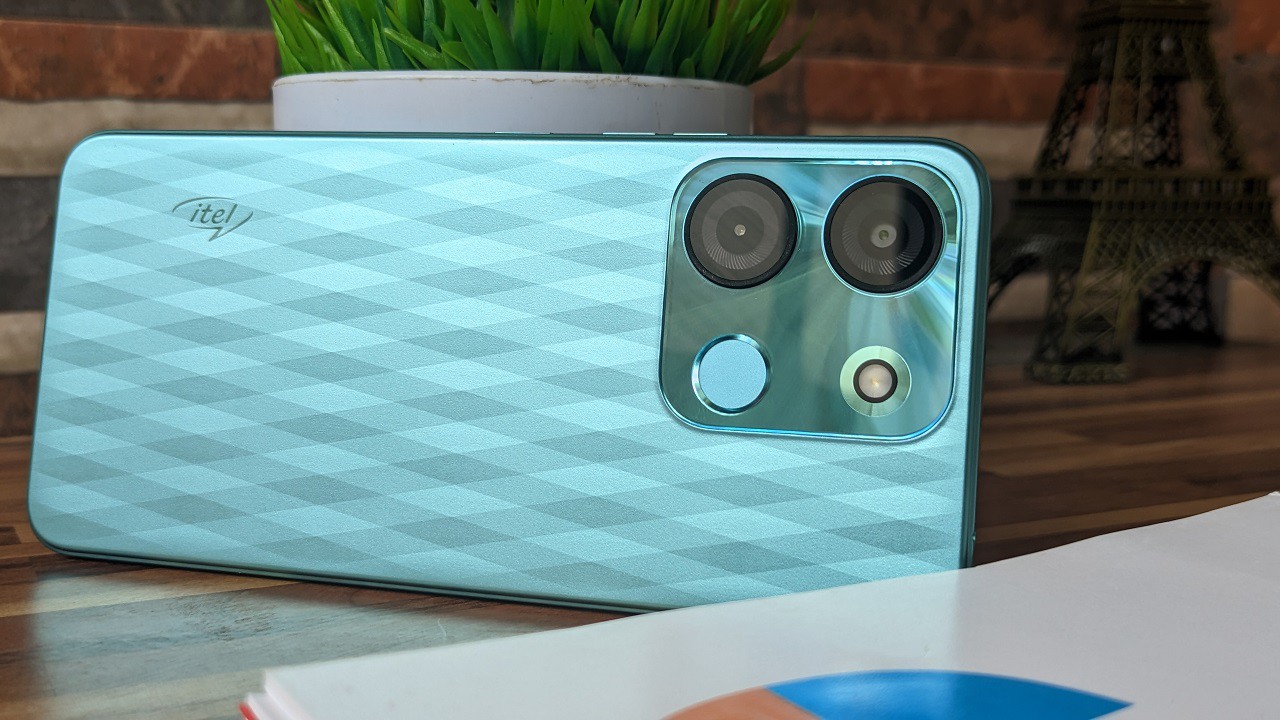
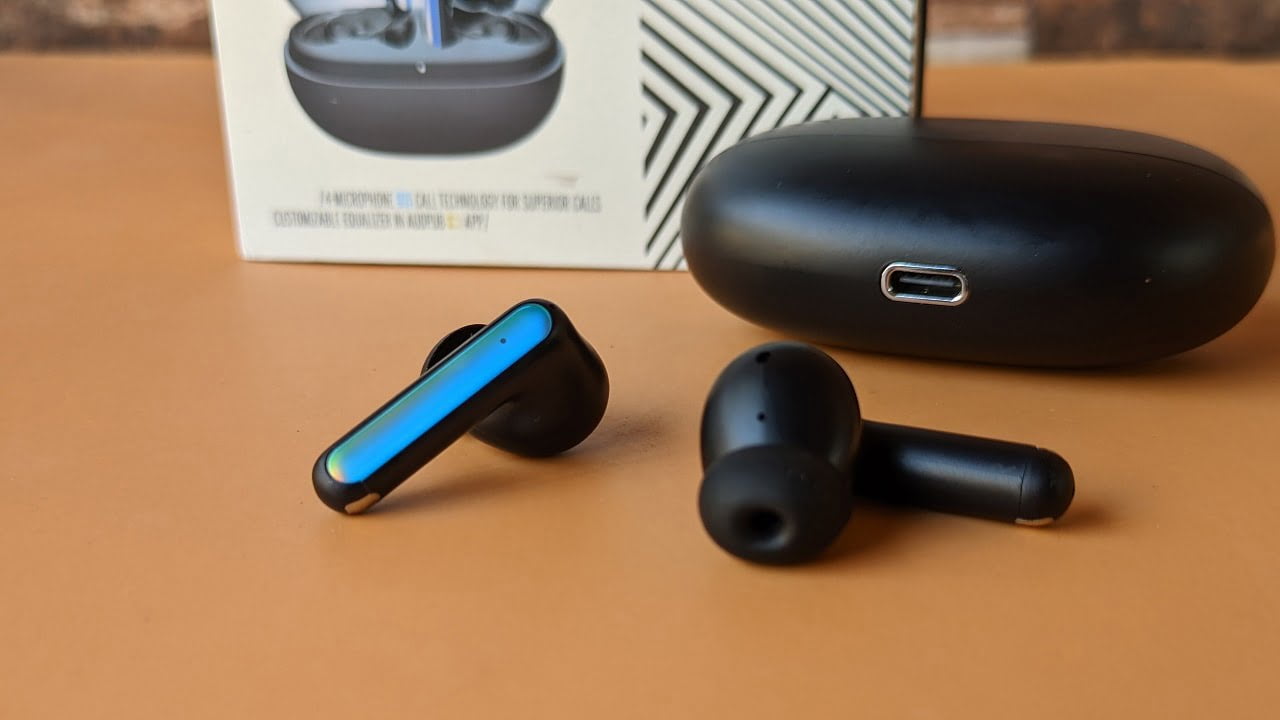
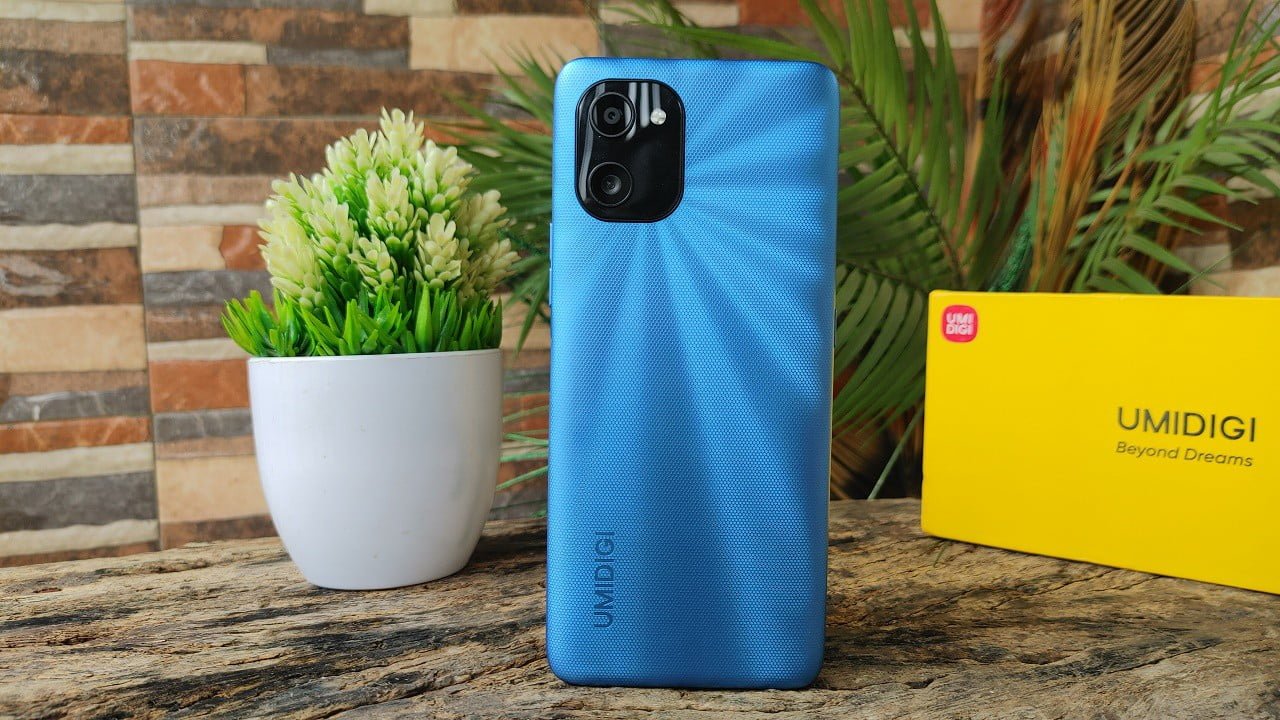
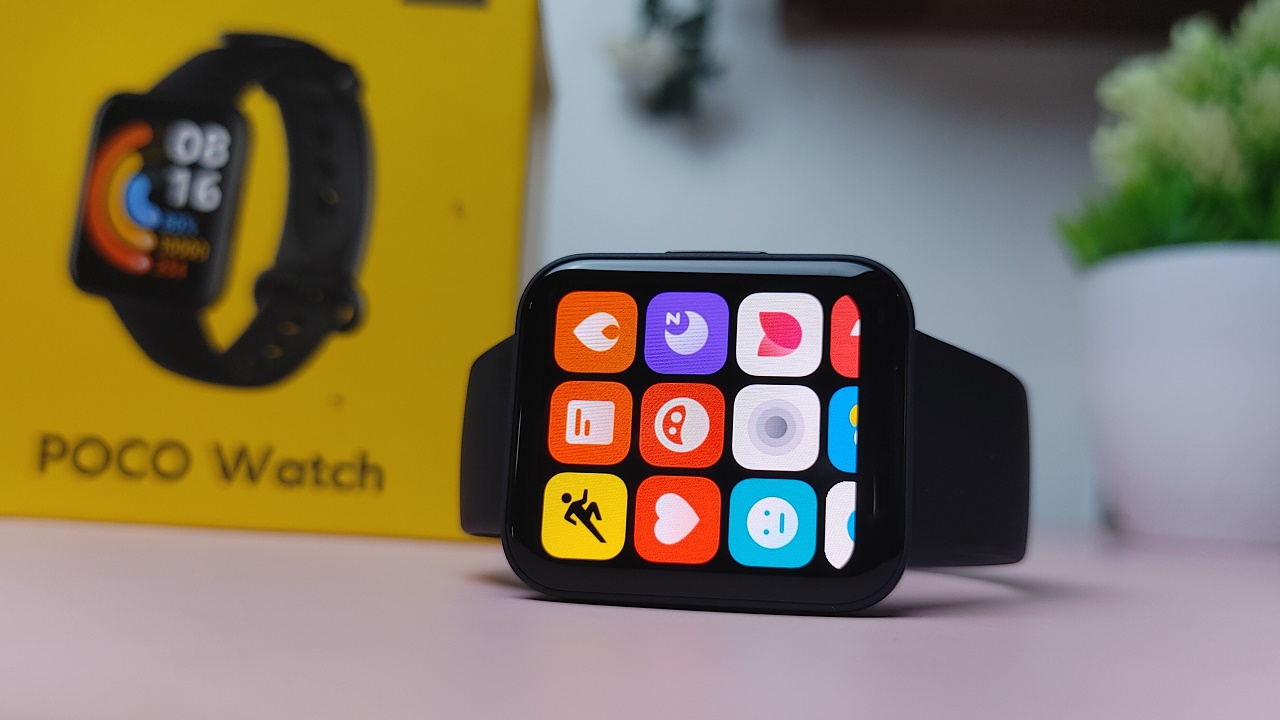
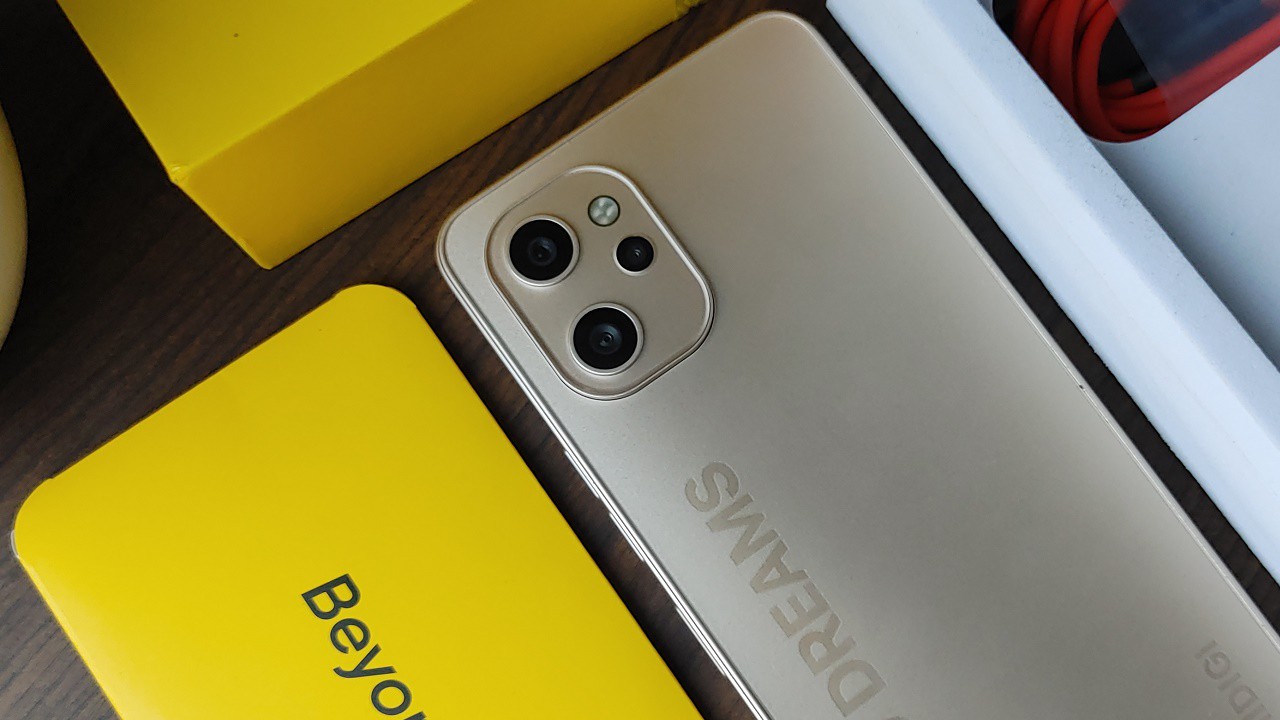
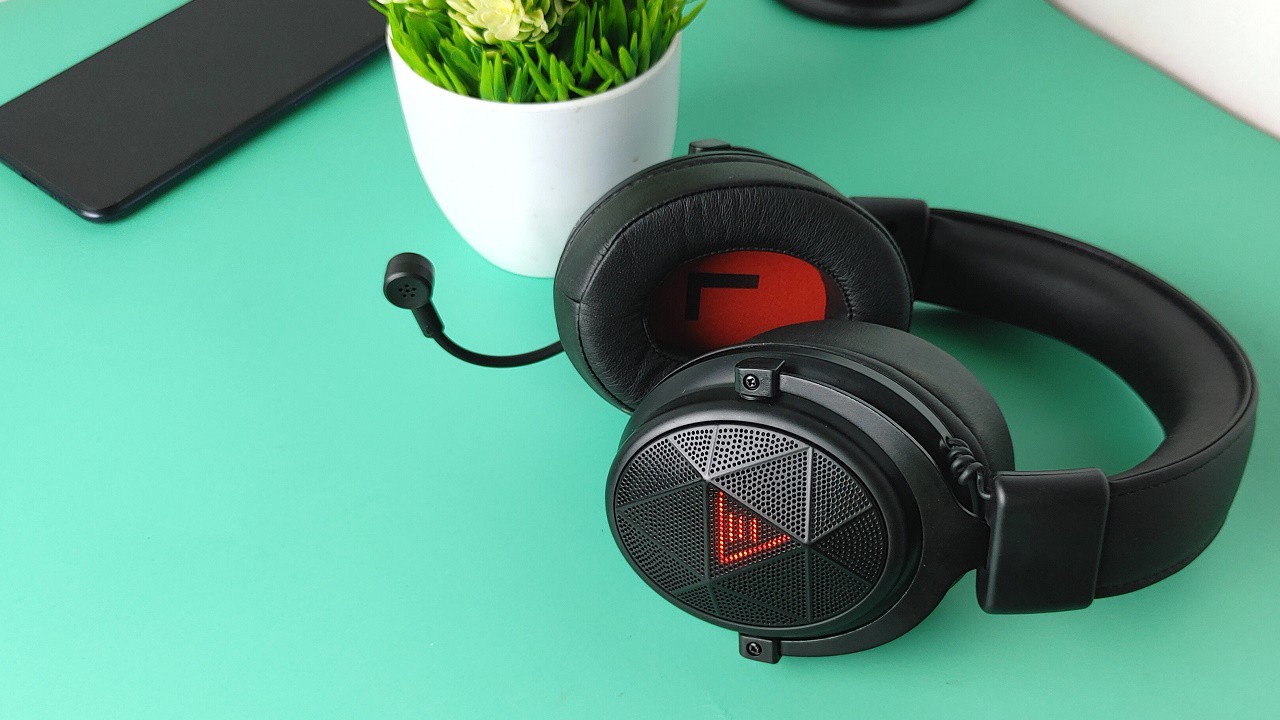
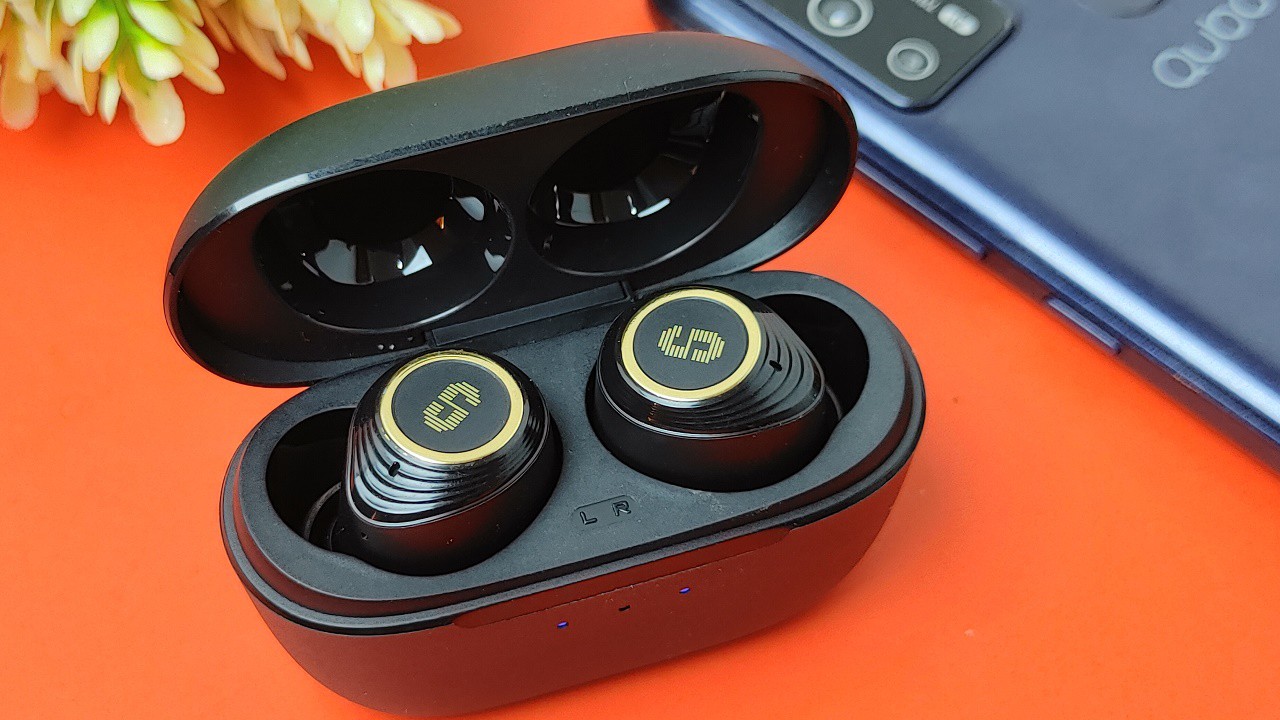
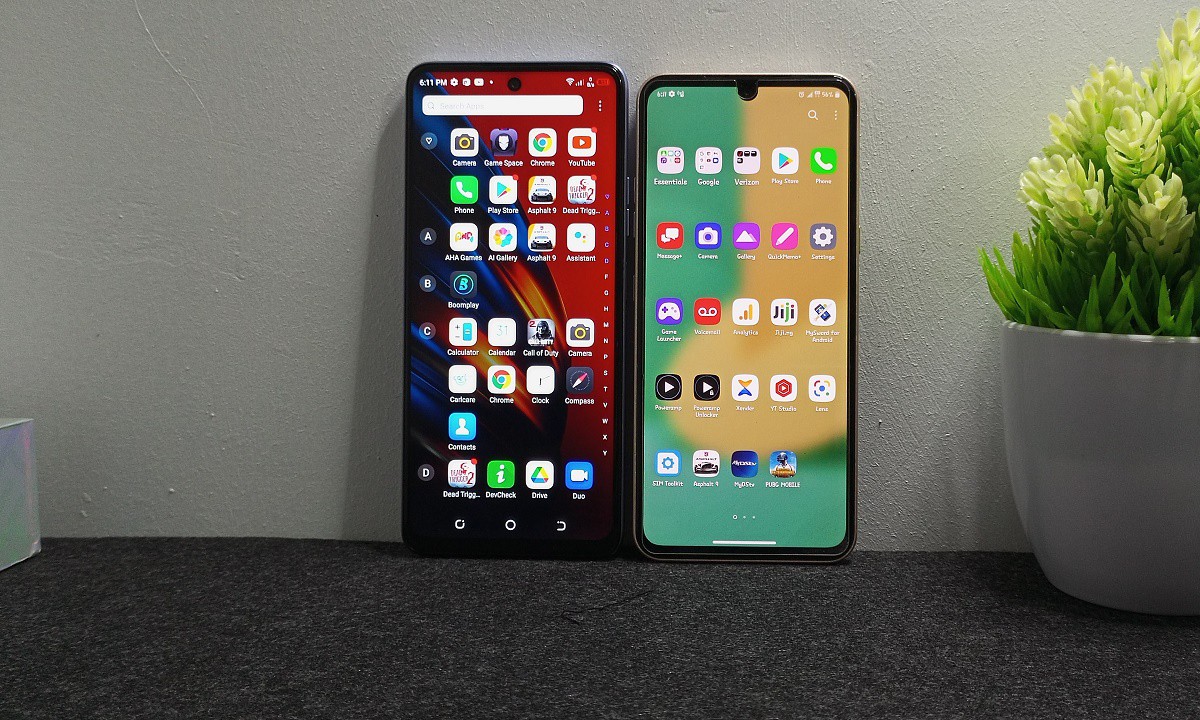

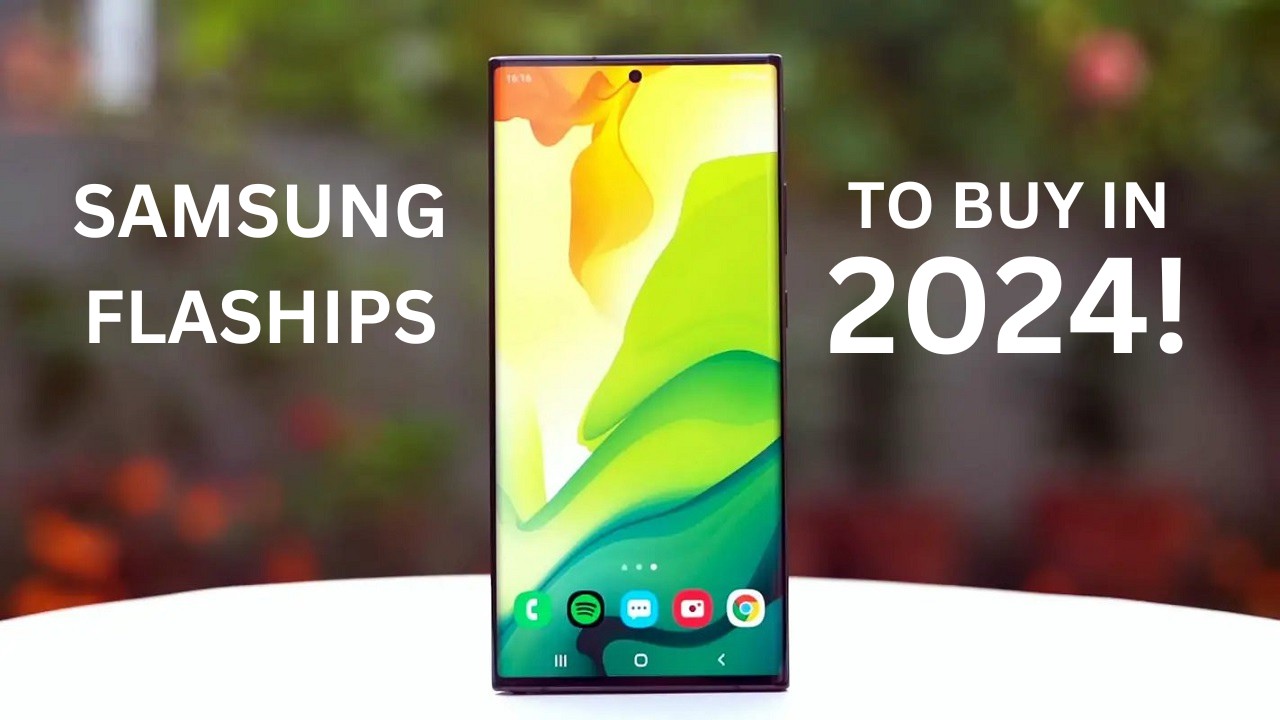
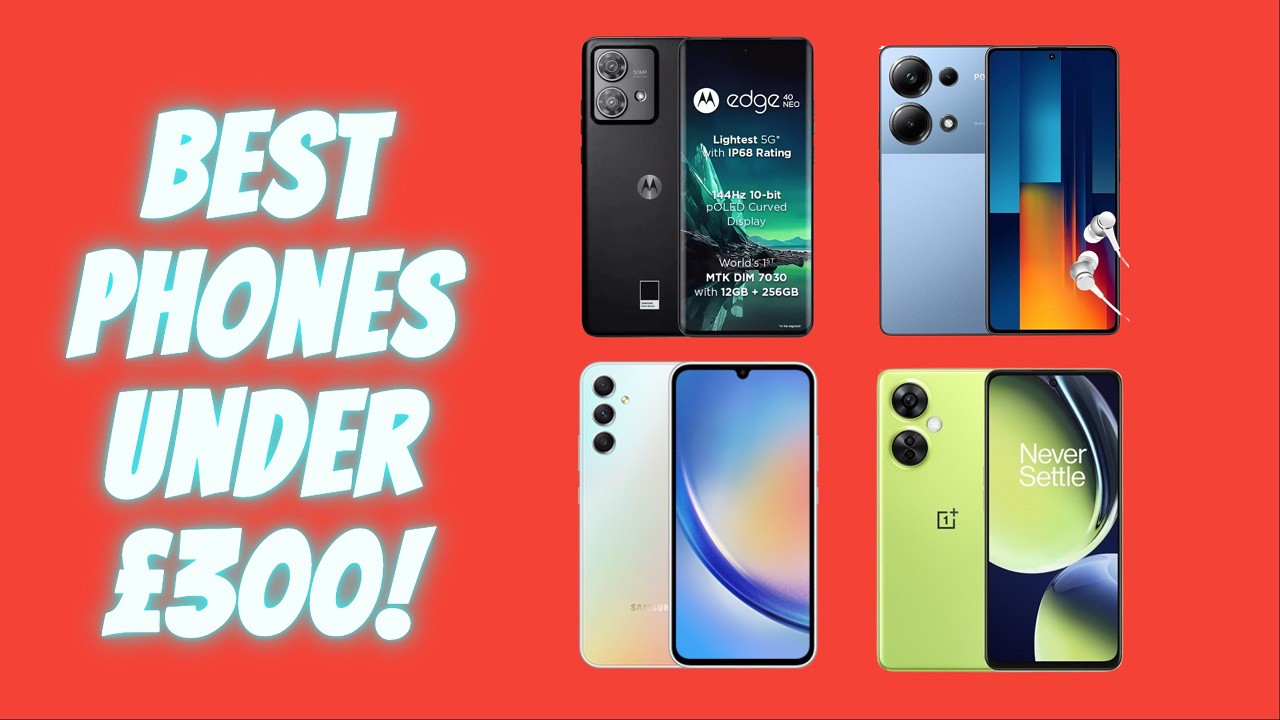

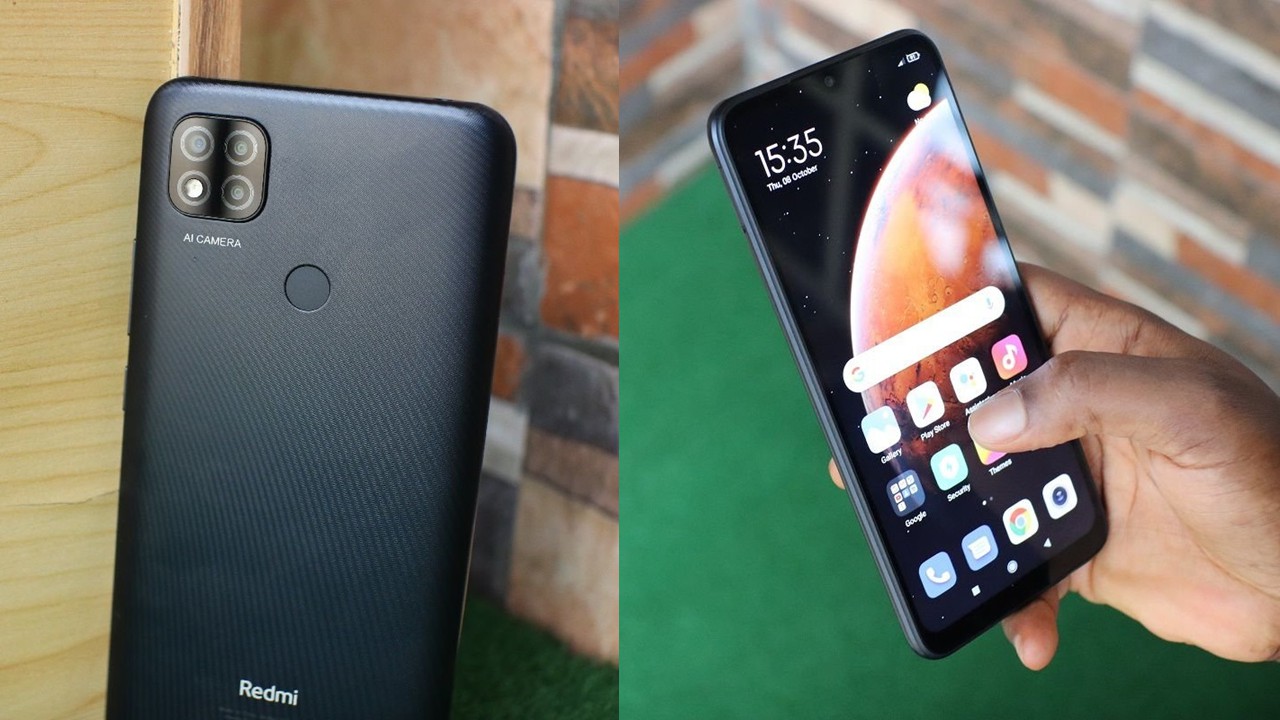
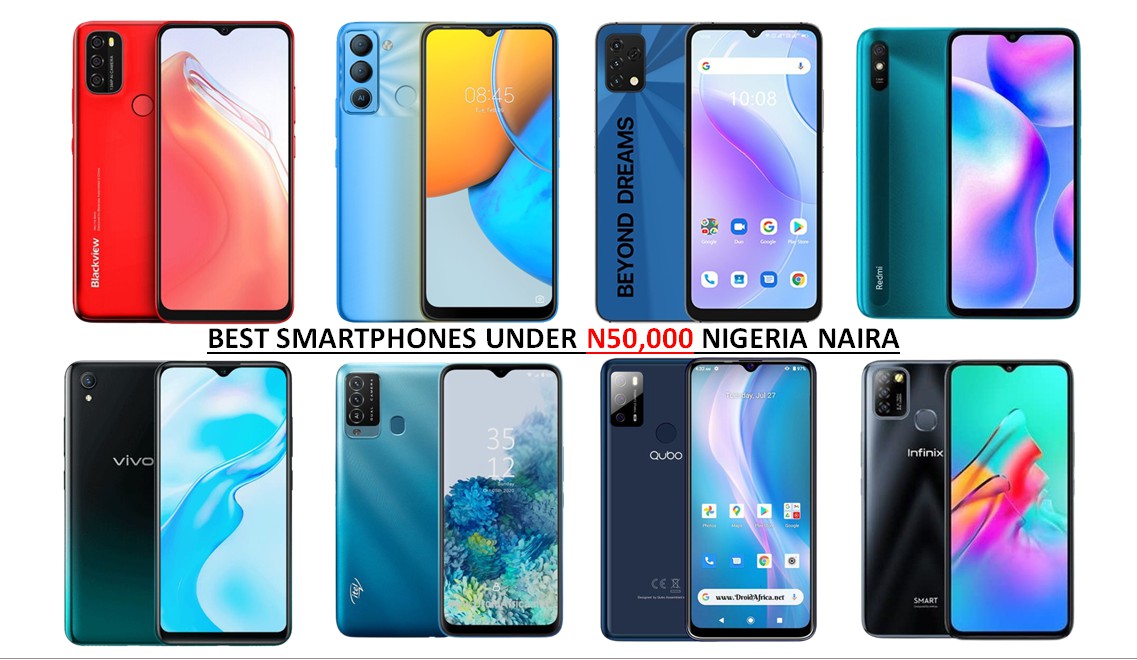
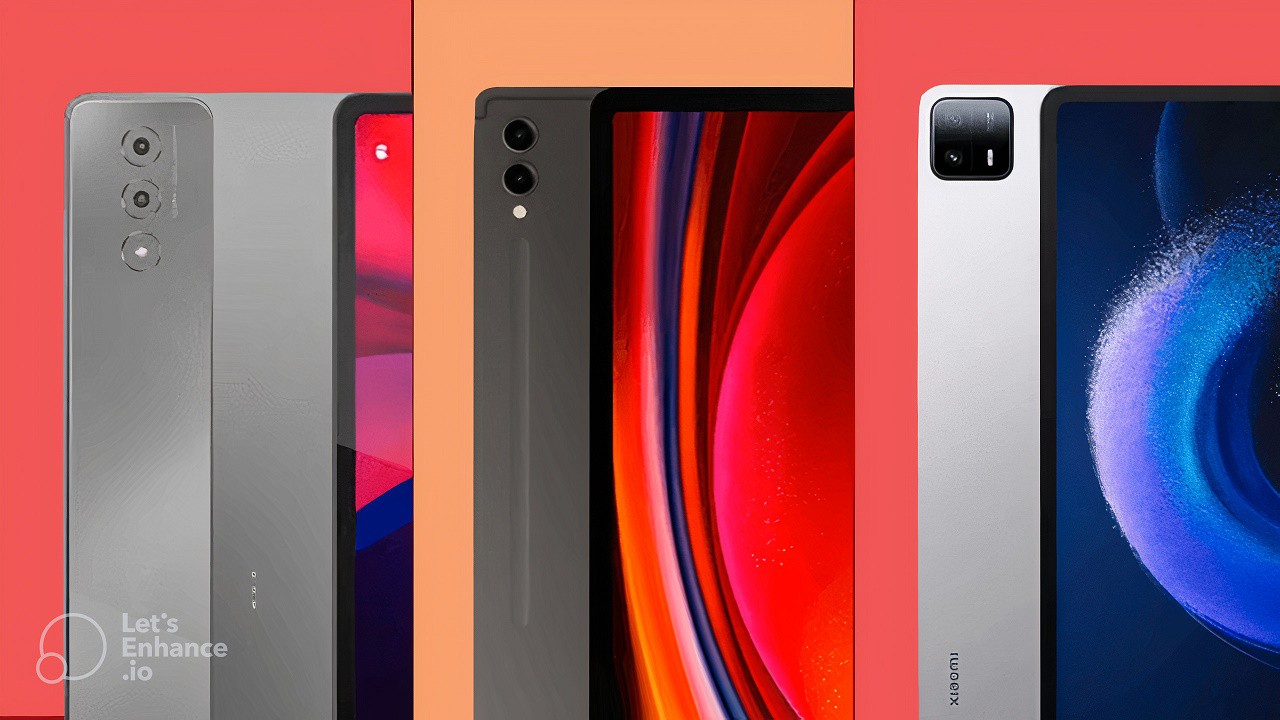
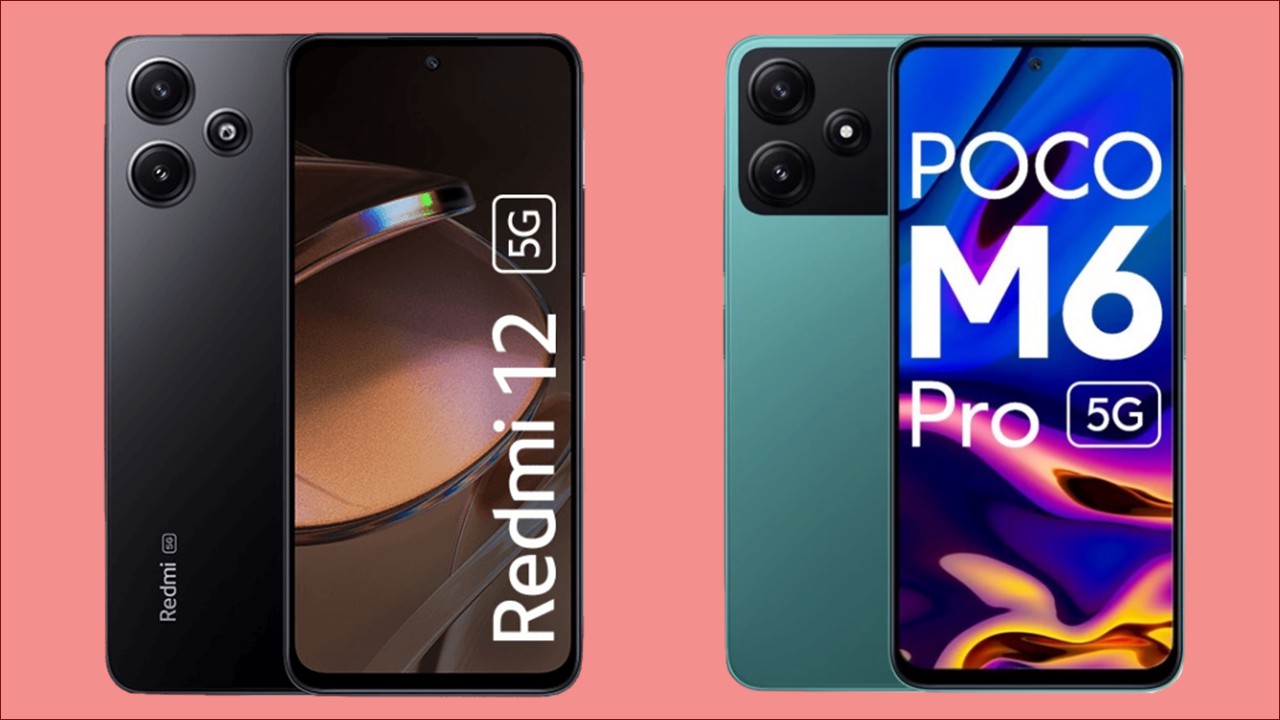
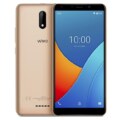
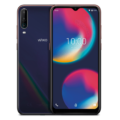
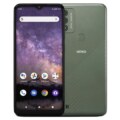

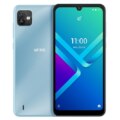
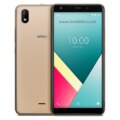
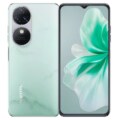
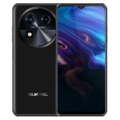
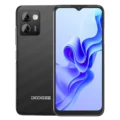

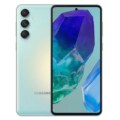
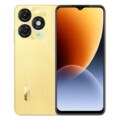

Leave a Reply